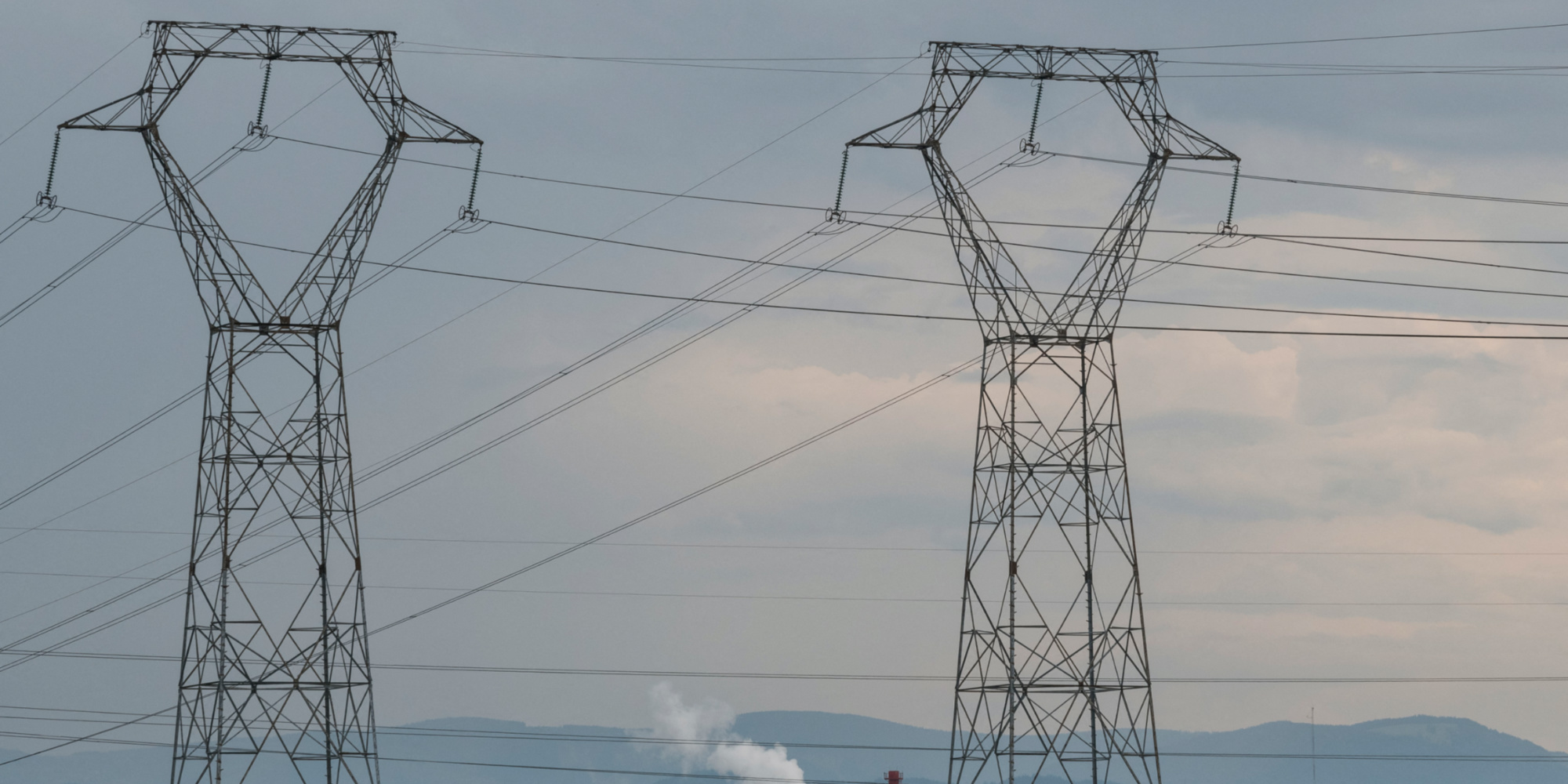Gauthier Delomez 2:41 p.m., October 25, 2021
France's electricity transmission network, RTE, issued a report on Monday unveiling its six avenues for carbon neutrality by 2050. According to the latter, it is necessary to combine nuclear and renewable energies to lower costs . For Caroline Keller, of the energy mediator, this report includes "all the elements to make a political choice".
Carbon neutrality by 2050 is possible at manageable costs, if France retains a share of nuclear power.
This is one of the lessons of the report published on Monday by RTE, the energy transport network.
From an economic point of view, it is more interesting to rely on an energy mix, which includes renewable energies and nuclear.
The difference would be around 10 billion euros per year between a scenario with new reactors, the EPRs, and a scenario without nuclear power with the development of large renewable parks.
100% renewable energy is possible, but its cost will be higher, estimates RTE.
>> READ ALSO
- Carbon neutrality: the commitment of CAC 40 companies
To get out of fossil fuels, we will have to electrify more
In any case, for the manager of the high voltage electricity network in France, it is essential to develop clean energies - wind, solar, hydraulic - to achieve the objective of carbon neutrality in 30 years. While our energy consumption will drop by 2050, thanks in particular to energy efficiency, the share of electricity in our energy mix will increase. Indeed, to get out of fossil fuels such as oil and gas, we will have to massively electrify our uses, whether in transport, heating or even industry.
Because electricity needs will increase by 35% by 2050, reports RTE, as will electricity production costs, which should increase by around 15%.
This does not necessarily mean a 15% increase in household bills, since spending on oil, fuel and gas will disappear.
"All the elements to make a political choice"
France is still wondering about its energy future while energy prices are soaring, and this report, resulting from more than two years of research, is timely for Caroline Keller, chief information officer of the national mediator of the energy. "It is very useful because it offers six different scenarios, by integrating more or less nuclear and renewable energies with the associated costs. This gives all the elements to make a political choice," she says, without to take a position.
While consumers can subscribe to 100% green electricity offers, they are still affected by the general increase in energy prices. Consequence: the offers tend to be reduced. "Usually, there are about forty suppliers who offer electricity or gas offers to individuals. Of the 40, there are more than ten who currently do not do any more," said Caroline Keller. "As the prices are very high, they prefer to wait, either January or next spring, before recruiting new customers, because it is not profitable."
For the moment, only Leclerc has terminated his contracts.
Others have announced that they will increase their prices.
The consumer must therefore compare the offers before subscribing, according to Caroline Keller.
"If your supplier tells you that he is increasing his prices, you have to compare with the other offers that exist on the market. There are still a lot of them, so you have to see if it is worth changing," she stresses. .

